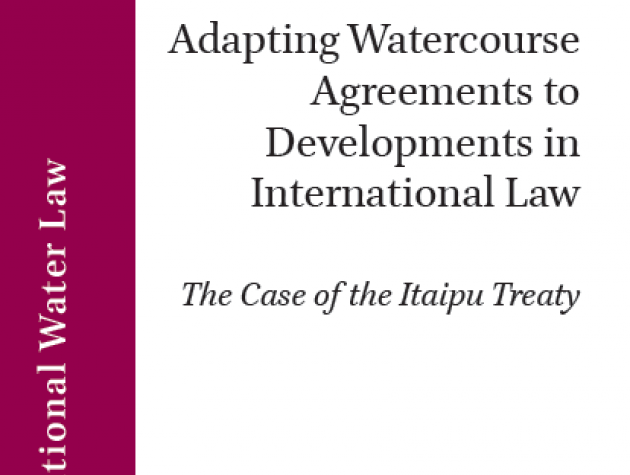GEG WP 2019/140 Guarding the money guardian: How the Ombudsman is enhancing the legal framework for European Central Bank transparency
In the 2008 aftermath, the European Central Bank (ECB) acquired new mandates and policy instruments to assure financial stability. With growing powers, there is a correspondent demand for transparency of its decisions. This research presents an account on how and in which conditions the European Ombudsman has been contributing to improve the ECB governance, particularly the transparency of its decisions. The Ombudsman is an entity responsible for investigating complaints about poor administration by institutions and bodies in Europe. This paper argues that the Ombudsman has managed to achieve hard effects, despite its ‘soft’ legal structure. Even though Ombudsman’s pronouncements are non-binding (a very different feature if one compares to Courts), through fifteen inquiries involving the Central Bank, this institution has promoted identifiable impacts on expanding the transparency of monetary and financial governance in the eurozone. The Ombudsman tends to adopt distinctive legal reasoning to claim for either a ‘maximum’ or an ‘optimum’ levels of Central Bank transparency. It seems that the recourse to principle-based arguments, opposed to a more formal rule-based reasoning, was the way found by the Ombudsman to push for more transparent governance of the European monetary affairs. Therefore, legal principles have been a driving force to operationalize transparency, creating space to move from optimum to maximum degrees in the transparency spectrum. Nevertheless, in the cases dealing with policies designed to respond to financial crises, a formalistic legal argument combined with an approach of optimum transparency tend to predominate.







